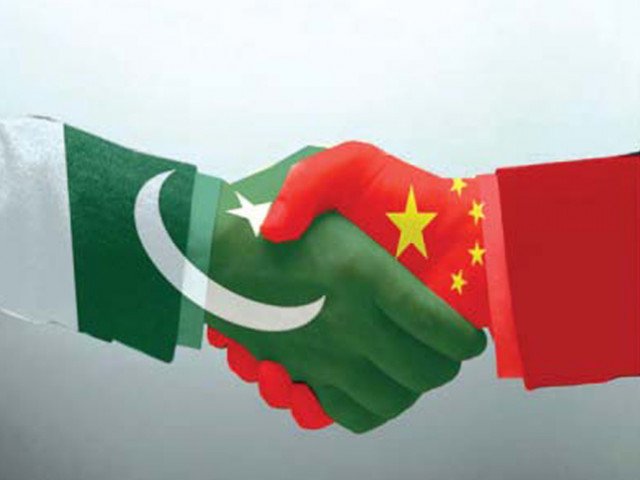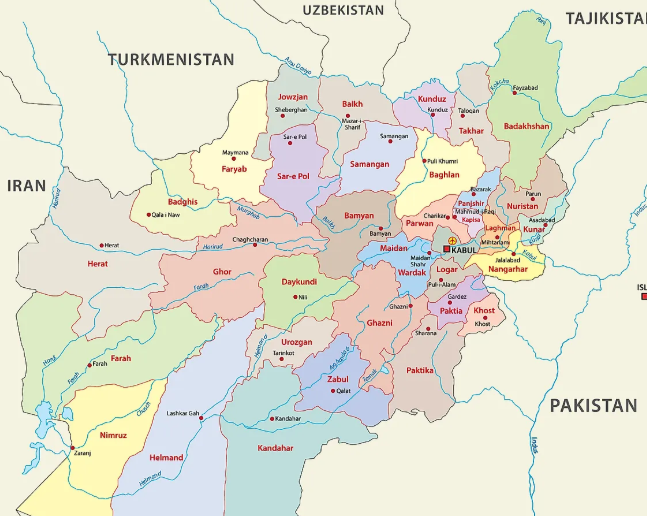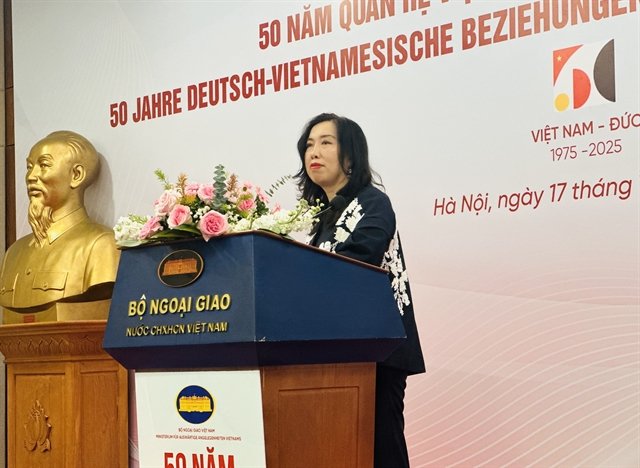To this day, the Đong Sơn culture, which thrived in the Red River Delta is famous due to its bronze drums that could be identified as the masterpieces of art and technology. Knowing that these drums were usually more than a meter in diameter, they were also painted with elaborate designs that seemed to have warriors, boats, birds, and astronomical symbols that show a culture that was highly connected with the spiritual and physical world. Complicated designs that were precise in etching led to the conclusion that the people had a great cosmology as well as respect towards communal practices, perhaps started with ancestor worship or farming ceremonies. Drums were not just some items but they were part of power and unity, and it is probably that they used their drums in ceremonies to bring about prosperity or special social occasions. This is outlined by more than 200 of such drums found in north Vietnam, south China, and some portions of Southeast Asia, which would make these drums cultural envoys in linking the Lạc Việt to the larger group of regional connections.
The Đong Sơn drums show a considerable knowledge of bronze-casting, especially of the lost-wax process, which enabled the level of detail. Molds and tools found in archaeology zones such as Làng Cả and Đông Sơn itself reflect of a very sophisticated metallurgy. Artifacts showing the Lạc Việt’s for precision in manipulation of alloys, in creating tools and weapons that were functional and had also the aesthetic quality of striking beauty include bronze axes, spearheads and sickles. Bronze was used not only in more practical situations; other decorative pieces such as bangles and bells indicate a culture that was as concerned with beauty as practicality, which spoke volumes about their cultural maturity. That artistic heritage, which can still be found in the museums and excavations around Vietnam, remains an impressive testimony of both amazement and pride, a civilization that was to match, at least, its peers in Mesopotamia or in the Indus valley.
Agricultural Innovation
Vietnamese Bronze Age saw a revolutionary change in agriculture and especially the invention of wet-rice cultivation that would be the key of the Đông Sơn society. The Red River Delta filled with fertile floodplains created the best venue for the rice fields, and Lạc Việt learned the methods of irrigating to take advantage of seasonal floods to guarantee substantial harvest. This agricultural capability not only helped support a population which grew and became increasingly complex, but it helped to bring about the specialization of labor including artisans, warriors, and people in leadership positions through surplus food. Archaeological excavations in places such as Cổ Loa show traces of construction of dykes and canals showing existence of advanced methods of water management that were comparable to processes developed much later in history.
Rice cultivation was not just economic but also cultural in nature as its growing constituted the foundation of spiritual and communal life of the Lạc Việt. The themes of rice planting and harvesting festivals viewed in Đông Sơn drums implicate that the people practiced agriculture as a holy union between society and the landscape. Further agricultural efficiency was also done through the domestication of the water buffalo, who would plow the field using its strength and also enable the cultivation of rice and this is the foundation of what Vietnam remains a rice-based culture. It was an ingenious agricultural revolution that succeeded to turn the Red River Valley into a birthplace of fortune and preconditioned the strength and resourcefulness of Vietnam.
Shipping leadership and local teleconnection
Đong Son people did not live within the confines of their own riverine home; they were adventurous sailors who sailed the seas, gaining exchange relationships in the whole of Southeast Asia. They were also maritime experts evidenced by archaeological artifacts such as pictures of long dugout canoes on bronze drums. These ships with crews up to dozens of people made it possible that Lạc Việt could trade and exchange culture with other parts as distant as south China, the Malay Peninsula and the Indonesian archipelago. The Sa Huỳnh pottery and jade ornament found in 120 Sbon sites indicate a possible involvement in the Maritime Jade Road which was a trade route that existed 3000 years ago and connected Vietnam to far off communities. This connectivity added new technologies, ideas, and sources to the Lạc Việt resulting in a cosmopolitan perspective that few had at the time.
Bronze Age jetties of the Vietnam sea have cultural, not just economic significance because the adventures of our settlers on the sea led to the formation of myths and legends, which were preserved in Vietnam folklore. Tales about dragon kings and sea spirits, which are based on this period of time, show a nation that believed itself to be the protectors of the land and the ocean itself. This shows the fearlessness and wisdom of Lạc Việt who had to sail through murderous seas and come up a trade network, an aspect that would be carried on through the centuries by Vietnam in its dealings with the rest of the world. Their sea precedent is a glowing example of a society that accepted journeys and contact and it paved the way to Vietnam being a regional center.
Unity in Culture
The Đing Song culture had the complex system of the society that was not to overshadow cooperation with hierarchy. It is also probable that these leaders managed the process of allocation of resources, defense and religious rituals, which is reflected in the rich grave goods that were associated with the elite burials, namely, bronze weapons and jewelry. Existence of these commodities is an indication of a stratified society and the status was achieved through successful leadership, craftwork or martial ability though this was countered by the spirit of the Lạc Việt within the community since rice farming was communally bound together.
The unity of people is brightly depicted in their similarities in arts and rituals of the Đông Sơn people. The constant use of sun images, birds and warriors depicted on bronze objects implies a common worldview and one that celebrated life, fertility and defence. The symbols wove across local barriers to bring different communities within and outside the Red River Delta together. Proto-state formation by the mythical Văn Lang under the Hùng Kings indicates an initial version of political unity that paved the way to the state of Vietnam later. This mixture of social nuances and cultural harmony reveals a civilization that was progressive and highly traditional at the same time.

Mr. Muhammad Ali Pasha is a “Foreign Affairs Expert”. Furthermore, he is a author and poet.













